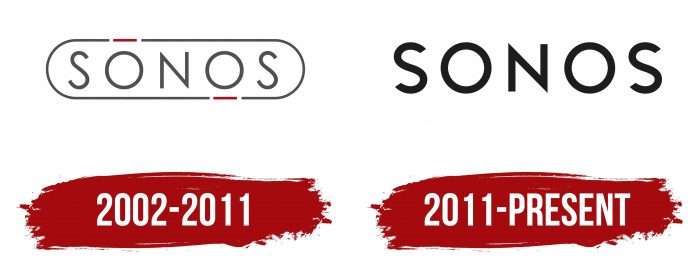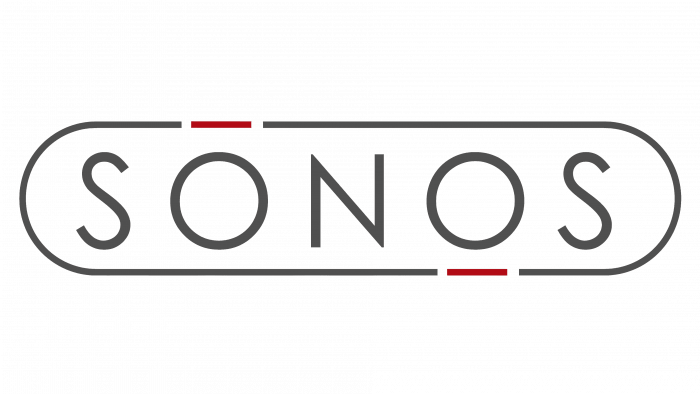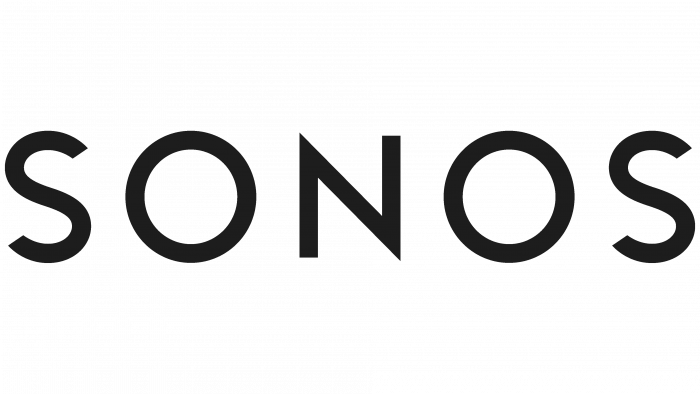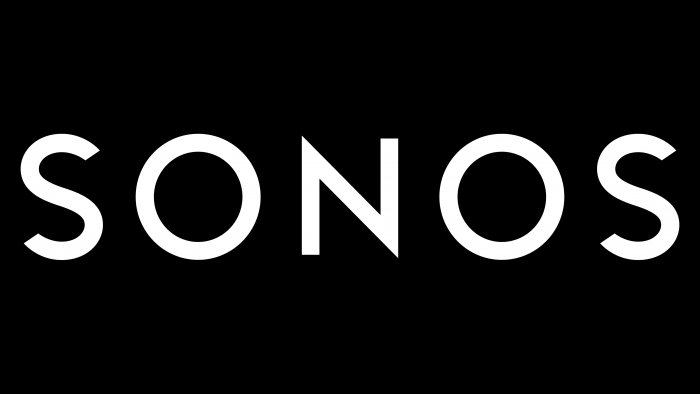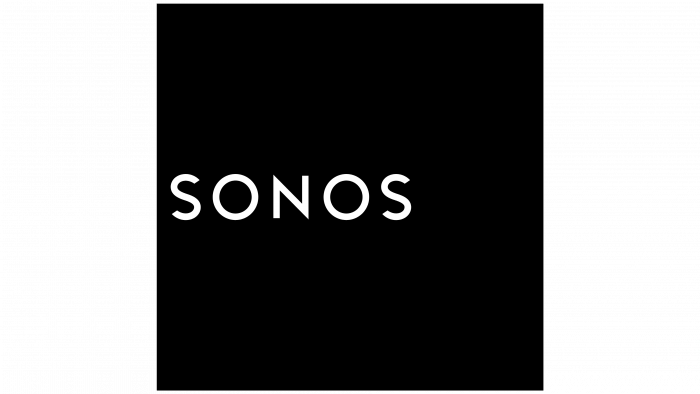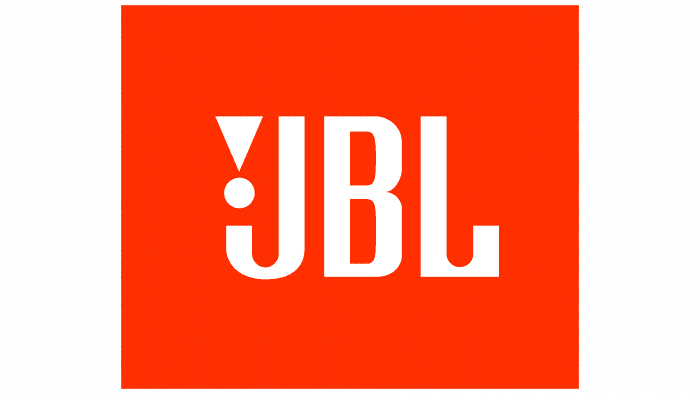A clear and subtle sound is heard when looking at the Sonos logo. Adjusted frequencies, lightness, and good audibility are encrypted in the symbols of the emblem. The elements are like two big speakers that look at the user and invite to listen.
Sonos: Brand overview
| Founded: | 2002 |
| Founder: | John MacFarlane, Craig Shelburne, Tom Cullen, Trung Mai |
| Headquarters: | Santa Barbara, California, U.S. |
| Website: | sonos.com |
Meaning and History
The most important thing about the Sonos logo is its name. This word is a palindrome; that is, it is read the same from right to left and left to right. To maintain symmetry, the designers did not add additional decorative elements to the lettering. The only exception is the first character in an oval frame.
2002 – 2011
In the debut logo, the word “SONOS” is placed inside a light geometric shape in the form of a rectangle with rounded edges. The background color is not uniform, but white-gray, with a shadow and a gradient. A thin black sans serif font is used for the brand name. The inscription is surrounded by a narrow, broken frame with two red inserts.
2011 – today
The second Sonos wordmark was developed in collaboration with Bruce Mau Design. In rebranding, the geometric shape disappeared, leaving five black letters on a blank white background. The font has become bolder compared to the previous one. In 2015, the same company BMD slightly modified the logo, making the lines even wider. But the overall concept has not changed: the designers have kept black and white minimalism and classic simple shapes.
Having lost the background, the inscription has not lost its attractiveness. It has the simplest design, but this does not prevent it from being recognizable and memorable. The emblem’s utilitarian style balances out other, more striking elements of visual identity, including iconography.
The word “SONOS,” written in black capital letters, is a mirrored ambigram. This means that you can read it in any position – even upside down.
Sonos: Interesting Facts
Sonos is an American pioneer in smart wireless speakers and home audio systems.
- Genesis of Innovation: The foundation of Sonos in 2002 by John MacFarlane, Craig Shelburne, Tom Cullen, and Trung Mai marked a significant leap. They envisioned a service enabling music to fill every corner of a home wirelessly, a forward-thinking concept for its era.
- Trailblazing with Digital Music: In 2005, Sonos introduced the Digital Music System, distinguishing itself as a global frontrunner in multi-room digital music systems. This technology allowed synchronous music playback across different rooms, presenting a fresh and innovative idea.
- Smart Speaker Vanguard: Sonos has been at the forefront of the smart speaker movement, integrating early with widely-used voice assistants such as Amazon Alexa and Google Assistant. This integration facilitated voice-controlled music playback, setting a new standard in user interaction.
- Vast Service Integration: Sonos stands out for its compatibility with a broad spectrum of streaming services, surpassing any other brand in this domain. It grants access to over 100 streaming platforms, including Spotify, Apple Music, and Pandora.
- Commitment to Sustainability: In a stride toward sustainability, Sonos launched a recycling program offering discounts to users who recycle their old devices, highlighting the company’s environmental consciousness.
- Sonos S2 Platform: The Sonos S2 platform debuted in June 2020 with a new app and operating system designed for high-resolution audio and enhanced security, among other features. This development showcases Sonos’s dedication to innovation and technological advancement.
- Acoustic Precision: Featuring Trueplay tuning technology, Sonos speakers optimize sound quality by calibrating the environment’s acoustics through a smartphone microphone, ensuring an unparalleled listening experience.
- Collaborative Ventures: Sonos has partnered with esteemed brands and artists to launch limited edition speakers, including collaborating with Ikea on the Symfonisk line, which merges superior sound with furniture design.
- Protection of Innovation: Sonos vigorously defends its wireless speaker technology patents, engaging in legal confrontations with tech giants like Google and Amazon to protect its innovations.
- Supporting Music Education: The Sonos Soundwaves initiative underscores the transformative power of music by backing music education programs globally, which foster community bonds and personal growth through music.
These highlights underscore Sonos’s leadership in audio technology and its unwavering commitment to innovation, quality, and the global community.
Font and Colors
The fonts on the old and new logos are roughly the same, although slight differences in line length and thickness. Bruce Mau Design has tried to preserve the identity of the lettering while making it look to check and modern.
It used to be a sans serif typeface with subtle strokes, a perfectly round “O” and pointed “N” at the top and bottom. Aramis SemiLight is very similar to it – a sans-serif created in 2014 by the typographer Gert Wiescher and supporting several dozen languages. The only difference is the capital “S” style: in the word mark Sonos, they have a wider top than the bottom.
The company’s official font is now the Sonos Brand, but it does not match the logo design. The developers have modified one of the existing typefaces to give it individual features. A possible option is the Gill Sonos Regular, although the deviations at the ends of the letters are very noticeable. There are some similarities with the Futura Md BT Medium, except for the tweaked “S” shape. The only thing we can say for sure is that after the redesign, the inscription became bolder.
The first emblem had a multi-component color scheme: several shades of gray were combined with white and dark red, with a gradient used for the geometric shape. Everything is much simpler: the text is black, and the background is white, without smooth transitions of different shades and additional color accents.
Sonos color codes
| Black | Hex color: | #000000 |
|---|---|---|
| RGB: | 0 0 0 | |
| CMYK: | 0 0 0 100 | |
| Pantone: | PMS Process Black C |

